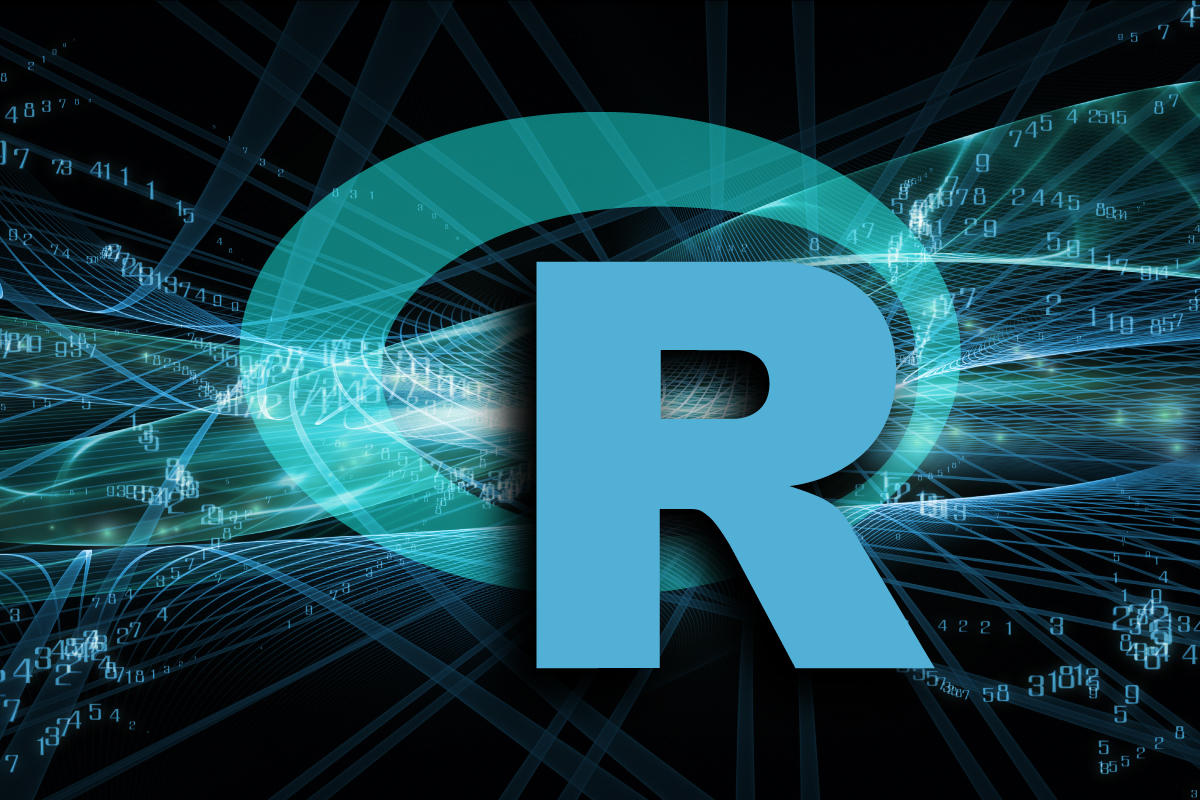
R is a programming language and a computer environment dedicated to statistics.
It consists of a set of very flexible tools that can be easily extended through packages, libraries, or by defining our own functions.
Thanks to the fact that its code is freely accessible, the R software has no limited functions, unlike other commercial statistical tools such as Statistica, SPSS, etc.
What is R?
Many fields like biology or data require computer science to process these huge amounts of astronomical data and convert them into structured information from which we can deduce results. And from this need to process data were born the languages of statistical processing, like R.
R is a free software environment and an interpreted programming language, that is to say, that it executes the instructions directly, without prior compilation of the instructions of the program-machine language.
The term environment, in R, refers to a fully planned and coherent system, rather than an accumulation of specific and rigid tools, as is often the case with other data analysis software.
The possibilities of R
R is an interpreted language, the user generally accesses it by command lines or a console and given its statistical orientation, it offers a wide range of tools.
Its graphic capacity allows it to generate high-quality graphics, simply by using basic graphic functions.
It can also be used as a numerical calculation tool and at the same time for data mining.
His environment makes him a powerful language with which we can process data and graphics.
R is a programming language, which allows it to extend its own functions. The vast majority of R functions were written in R but for performance reasons, there are functions written in lower-level languages like C or Fortran.
R in Big Data
In the Big Data domain, R l is used for data manipulation, processing, and graphical representation. It allows to :
– Create high-quality data displays.
– Create dashboards to view and analyze data.
– Create automatic reports.
– Have statistical analysis tools to deepen your knowledge of the data.
R is more than just a programming language. The user does not program correctly, but uses R interactively: he repeats, makes errors, and tries again.
It is only when the cycle ends and the result is satisfactory that it produces a final result which, in general, is not a program, but a report.
Who uses R?
R is the right mix of simplicity and power, and businesses around the world use it to make calculated decisions.
The adoption and use of a programming language by tech giants is always a sign of the potential for safety. Businesses today cannot make their decisions on a whim because every important decision must first go through a full data analysis before taking action.
Twitter, Ford, and the New York Times are companies that use R to analyze their data and act accordingly.
Conclusion
As we can see, R is a very powerful language and environment, oriented towards the study of statistical data.
It is not an ideal language for all situations, but it is certainly one of the most useful when it comes to structuring and manipulating data, especially large collections of data.
It is different from other programming languages which are generally designed to accomplish many different tasks; this is due to the fact that it was created for the sole purpose of making statistics.
In addition, R can be integrated into different databases and there are libraries that facilitate its use from interpreted programming languages like Perl, Python, and Ruby. And of course, there are projects that allow you to use R from Java or .net.
And as if that weren’t enough, there is a powerful development environment called R studio that can be downloaded for free.

Comments are closed.